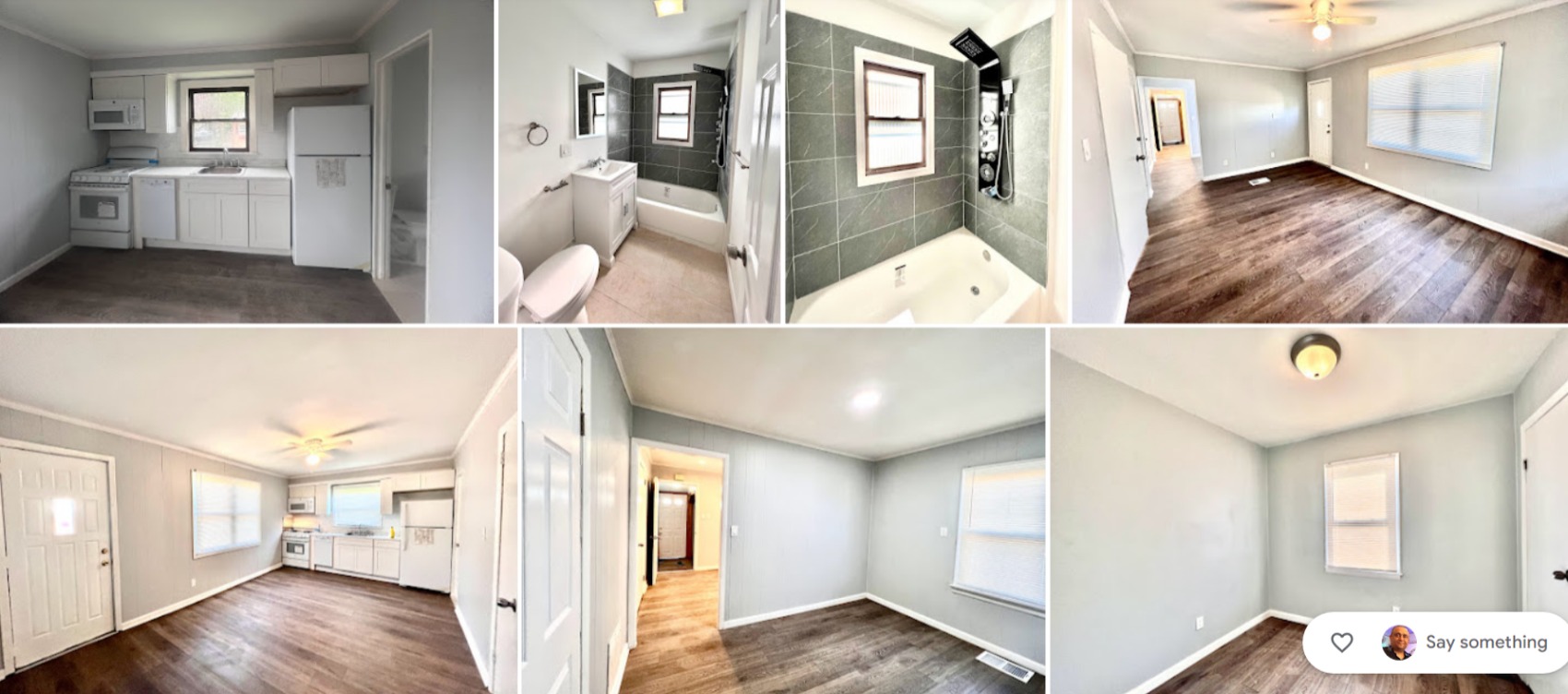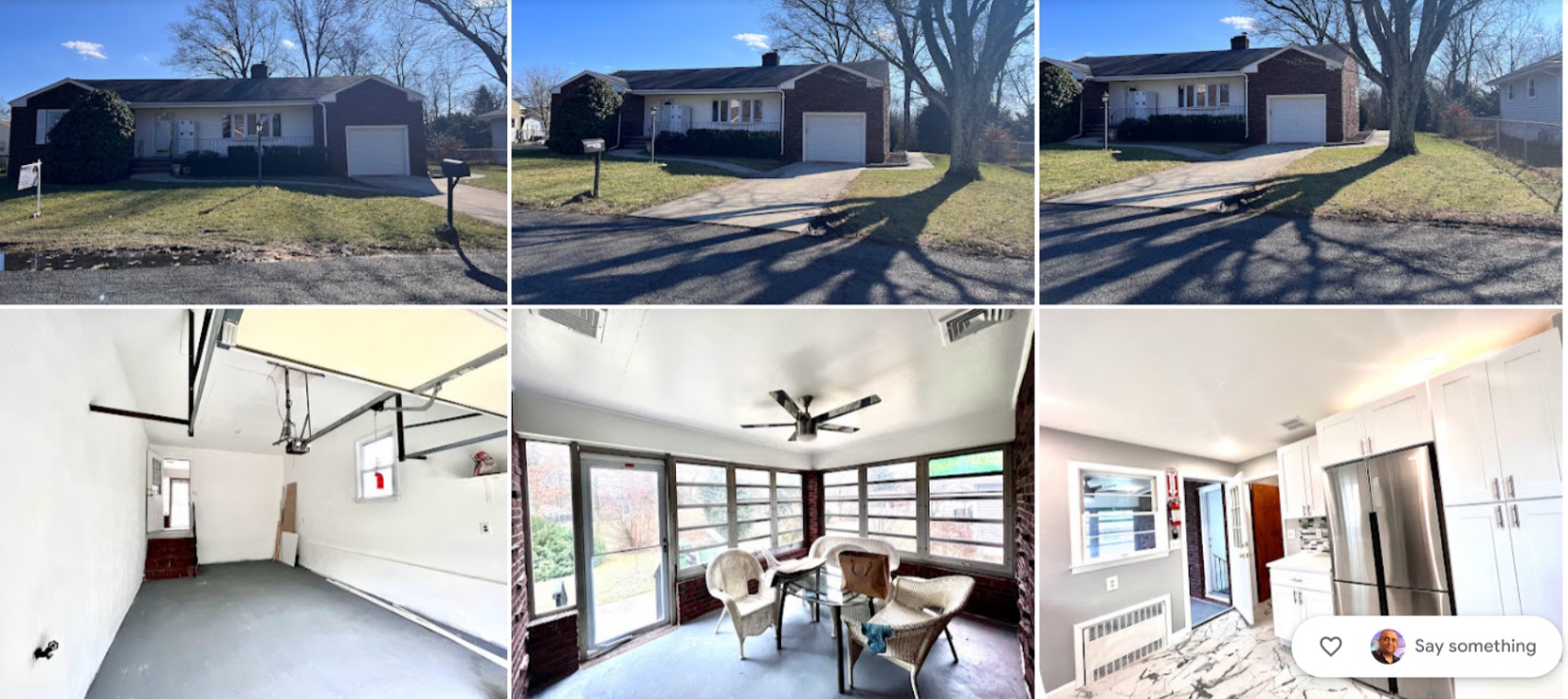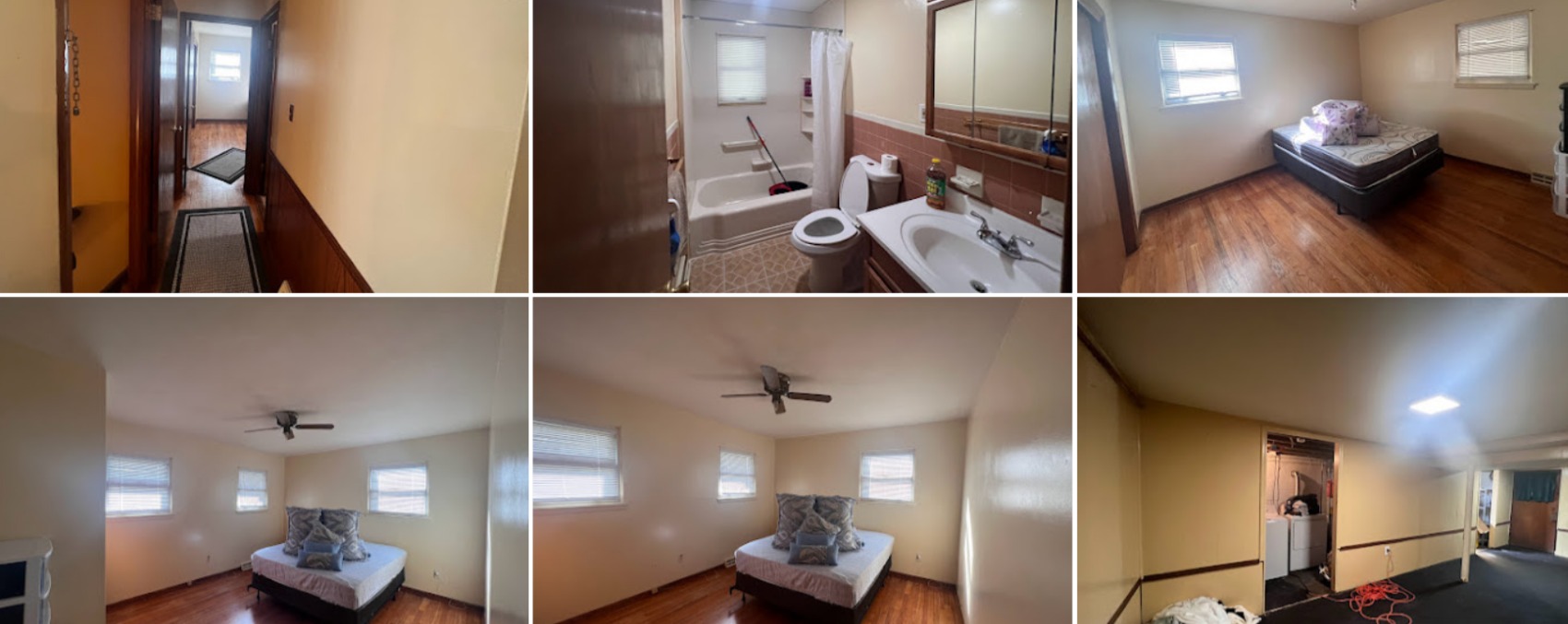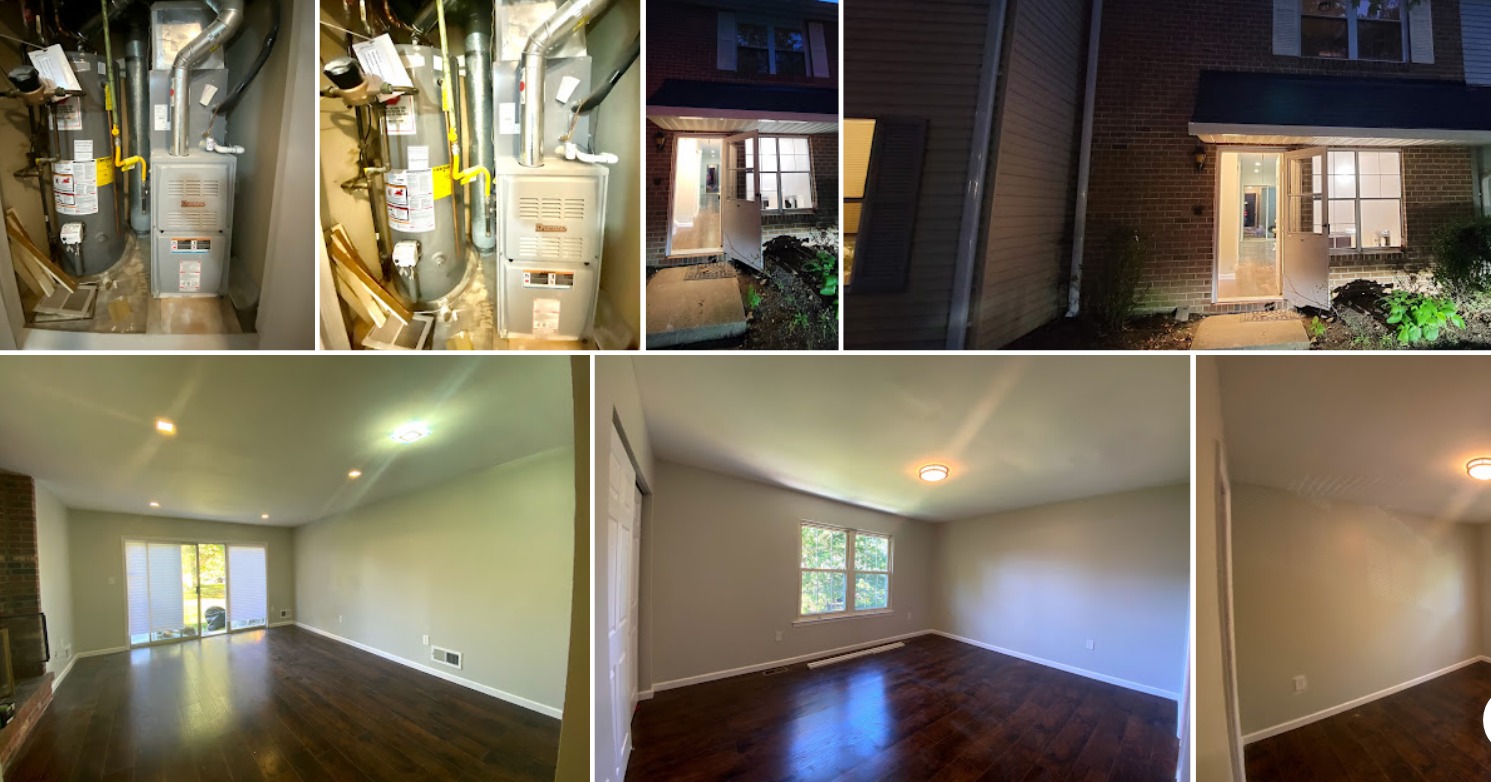An underlying – or designing – examination is most importantly, an assessment with respect to the primary condition and trustworthiness of the structure or home. That is, in the assessment of the specialist 1) were the underlying components (establishment, outlining, and so forth) planned and worked to acknowledge the foreseen burdens to be put upon them, and 2) would they say they are proceeding to play out their expected capacity?
The capacity to deliver such an assessment is principal to this definition. By law in many states, just an enlisted Professional Engineer is allowed to deliver an assessment regarding the underlying respectability of a structure. Unquestionably others may notice and report abandons (decay, breaks, and so forth) yet an assessment regarding their importance must be delivered by a specialist (or at times, a designer).
It should be recalled that an assessment isn’t an assurance. There are matches in all callings. A physical performed by a specialist isn’t an assurance of proceeded with great wellbeing yet an assessment regarding your present condition and chances for what’s to come. Likewise, a bookkeeper doesn’t ensure that your assessment form will pass an IRS review however basically does, what as he would see it, will be ideal. An attorney acknowledges a case dependent on his assessment of its benefits – not the assurance of achievement.
Similarly as with the human body, there are factors in building structures that are not unsurprising. Soils move in a non-straight design. The specific time and measure of development can’t be anticipated. Wood is a flawed material, subject to expanding, shrinkage, decay, and so on Certain heaps are variable by their temperament (for example day off). Also, without dismantling, numerous underlying segments can’t be seen during an assessment.
The estimation of an underlying examination at that point, as in all callings, is to a great extent reliant on the experience and capabilities of the person who performs it. An enlisted Professional Engineer has, at any rate, finished a long term authorize school program, worked for in any event four years under the course of other like experts, and breezed through a 16 hour test. The individual in question is needed by their expert code of morals to rehearse just in regions capable to do as such and to be responsible for the work they do. People who are in private practice who are not enrolled (regardless of whether they have taken designing courses) may not call themselves engineers.
Criterium Engineers are enlisted Professional Engineers with as a rule in any event 10 years of structures related insight. They are prepared by Criterium to give examinations and should take an interest in Criterium Engineers’ companion audit and proceeding with instruction programs. The accompanying pages plot in more prominent detail, the genuine extent of an underlying investigation.
Primary ENGINEERING INSPECTION CRITERIA
For the motivations behind giving reviews to migration or different customers, the expression “designing investigation” will apply basically to an underlying assessment of the structure. This sort of review must be performed by an enlisted Professional Engineer. Reason: To decide the underlying uprightness and sufficiency of the structure.
A. Establishment
To be reviewed: All available/noticeable parts of the establishment (for example section, floor, dividers) will be inspected for proof of misery and crumbling (for example breaks, development, bowing, connection).
Report on: The meaning of any trouble or disintegration. Where proper, recommended ways to deal with fix including an expected scope of expenses for the fixes will be given.
B. Storm cellar/CRAWL SPACE WATER
To be reviewed: Surface waste conditions around the structure, proof of water passage or potentially amassing in the unfinished plumbing space/storm cellar, exorbitant dampness, and the presence and state of water control frameworks hardware.
To be accounted for: Description of water related conditions, ampleness of water control frameworks; restrictions of investigation; likely dangers of water passage; surmised extent of fixes suggested, inexact expense of fixes.
C. Outlining
To be reviewed: Investigate all available/obvious segments of the structure (for example floor, roof, rooftop outlining); recognize wood decay, bug movement as well as decay and other related disintegration; outwardly assess ampleness of outlining other primary segments.
Report on: Evidence of primary inadequacies, estimated extent of underlying fixes required, surmised cost of underlying fixes required.
D. Rooftop
To be reviewed: Roof surfacing, layers, blazing, sheathing (Fire Resistant Plywood), canals for condition, type, current execution and proof of spillage.
Report on: Conditions requiring consideration; and inexact expense to fix/supplant.
E. Inside/EXTERIOR
To be investigated: Examine inside and outside of working for proof of trouble, disintegration and climate snugness (siding and windows) that may demonstrate conditions influencing the generally speaking underlying respectability and security of the structure.
Report on: Evidence of troubled or weakened conditions and meaning of same, just as proposed ways to deal with the maintenance including an expected scope of expenses for the fixes will be given.
F. GENERAL
Different things related explicitly to the design will be analyzed and assessed. These may incorporate decks, patios and other joined designs (for example carports). Also, as architects, we have a moral commitment to report any huge security risks noted during an examination.
Impediments
A designing investigation ought not be understood to be any of the accompanying:
- A total code consistence assessment. Such a review is a useful inconceivability for any current development, since it is subject to numerous things that can’t be seen, and on the status of codes that were appropriate at the time the structure was assembled.
- An assessment for unsafe materials. With the exception of evident visual proof of perilous materials, a designing examination is definitely not a complete assessment for unsafe materials.
- An assessment of warming, cooling, plumbing and electrical frameworks.
- A fire wellbeing examination (except if in any case explicitly mentioned).









